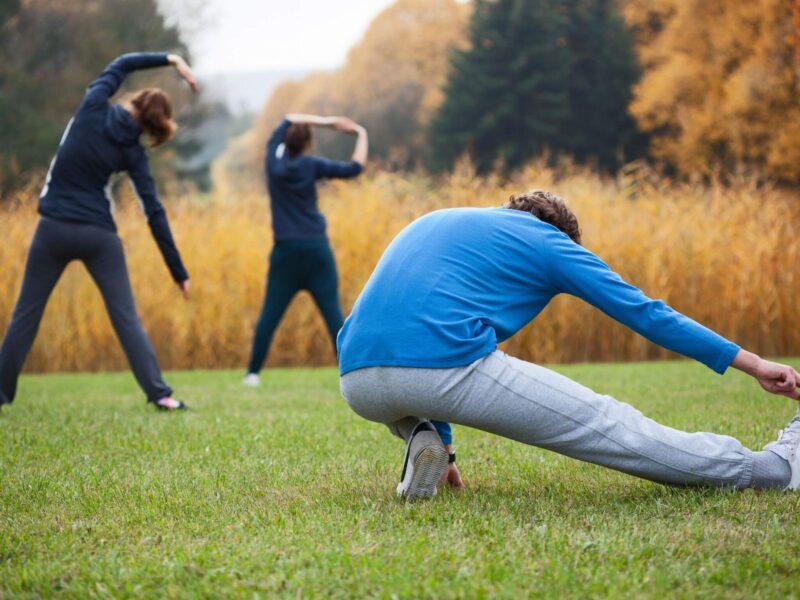In our fast-paced world, the concept of mindful movement has gained increasing recognition as a way to cultivate greater awareness, presence, and joy in our daily lives. Mindful movement involves integrating mindfulness practices with physical activity, allowing us to engage with our bodies and surroundings more fully. In this comprehensive guide, we’ll explore the principles of mindful movement, discuss its benefits for physical and mental well-being, and provide practical strategies for incorporating mindfulness into various forms of exercise.

Understanding Mindful Movement:
At its core, mindful movement is about bringing conscious awareness to our movements, sensations, and breath during exercise. It involves tuning into the present moment with curiosity, openness, and non-judgment, allowing us to fully experience the sensations and emotions that arise as we move our bodies. Mindful movement can encompass a wide range of activities, from yoga and tai chi to walking, running, dancing, and even strength training. What sets mindful movement apart is the intention to cultivate mindfulness and presence throughout the practice.
Key Principles of Mindful Movement:
Mindful movement is guided by several key principles that help us deepen our connection with our bodies and surroundings:
Presence: Mindful movement encourages us to be fully present in the moment, letting go of distractions and preoccupations and focusing our attention on the sensations of our bodies and the rhythm of our breath.
Awareness: Mindful movement involves developing greater body awareness, noticing the subtle nuances of movement, posture, and alignment, as well as the sensations of tension, relaxation, and energy flow within the body.
Non-judgment: Mindful movement invites us to cultivate an attitude of non-judgment towards ourselves and our experiences, allowing whatever thoughts, feelings, or sensations arise to simply be without attachment or aversion.
Acceptance: Mindful movement encourages us to accept our bodies as they are in each moment, acknowledging any limitations or challenges with kindness and compassion, rather than striving for perfection or pushing ourselves beyond our limits.
Intention: Mindful movement is guided by a clear intention to move with purpose and awareness, aligning our movements with our values and intentions for health, vitality, and well-being.
Benefits of Mindful Movement:
Practicing mindful movement offers a wide range of benefits for both physical and mental well-being:
Stress Reduction: Mindful movement can help reduce stress levels by promoting relaxation, calming the nervous system, and reducing the production of stress hormones like cortisol.
Improved Physical Health: Mindful movement can enhance physical health by improving flexibility, strength, balance, coordination, and cardiovascular fitness.
Enhanced Body Awareness: Mindful movement increases body awareness, helping us identify and address imbalances, tensions, and areas of discomfort in our bodies.
Emotional Regulation: Mindful movement can support emotional regulation by providing a healthy outlet for processing and expressing emotions, reducing feelings of anxiety, depression, and mood disturbances.
Greater Mindfulness: Mindful movement strengthens mindfulness skills, enhancing our ability to stay present, focused, and attentive in all areas of our lives.
Increased Joy and Fulfillment: Mindful movement can bring a sense of joy, pleasure, and fulfillment to our lives, allowing us to savor the simple pleasures of movement and connection with our bodies.
Practical Strategies for Incorporating Mindfulness into Exercise:
Here are some practical strategies for incorporating mindfulness into various forms of exercise:
Mindful Walking: Practice walking meditation by bringing attention to each step, noticing the sensations of your feet touching the ground, the movement of your legs and arms, and the rhythm of your breath.
Yoga: Practice yoga with mindful awareness, focusing on the sensations of stretching, strengthening, and balancing poses, as well as the flow of breath and movement.
Running: Practice mindful running by paying attention to the sensations of your feet striking the ground, the movement of your limbs, and the rhythm of your breath, letting go of distractions and staying present in the moment.
Strength Training: Practice strength training with mindful awareness, focusing on the sensations of muscle contraction and release, the alignment of your body, and the quality of your breath with each repetition.
Dance: Practice mindful dance by moving with awareness and intention, allowing your body to express itself freely and authentically, and connecting with the music and rhythm of the moment.
Conclusion:
Mindful movement offers a powerful pathway to greater health, happiness, and well-being by integrating mindfulness practices with physical activity. By cultivating presence, awareness, and acceptance in our exercise routines, we can deepen our connection with our bodies, reduce stress, and enhance our overall quality of life. Whether through yoga, walking, running, or dance, there are countless opportunities to bring mindfulness into our movement and discover the joy and fulfillment that comes from being fully present in the moment. As you explore the practice of mindful movement, may you find greater peace, vitality, and connection with yourself and the world around you.










